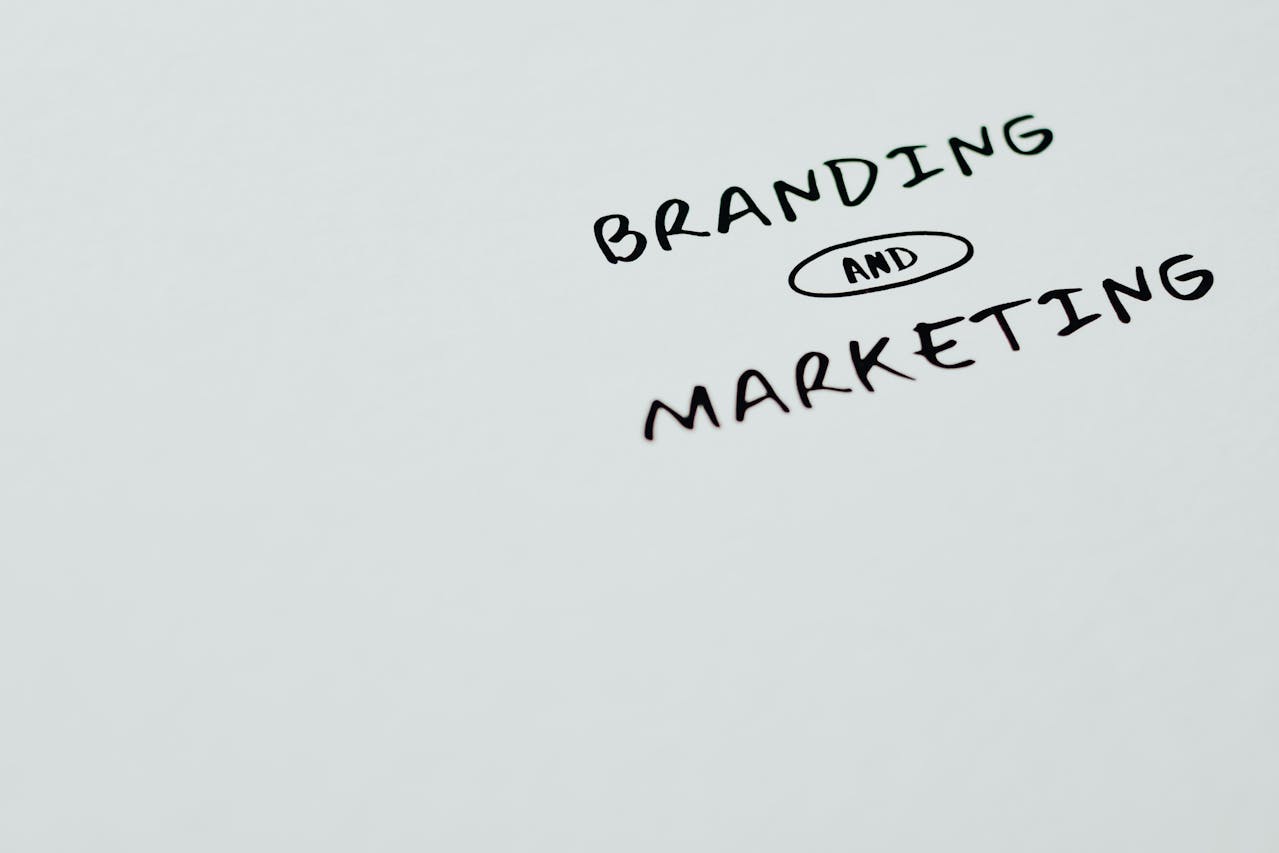
Many of us occasionally ponder the prospect of building a brand. What if we could break free from projects that fill us with little joy and create something remarkable? A brand can transform lives, embody our values, and reflect the design we love—all while generating a profit.
Yet, dreaming entrepreneurs often feel self-doubt. “Perhaps I should take a marketing degree or an intensive training course before making such a bold decision,” one might think. But action is the ultimate differentiator. With intentional focus, you’ll have the essentials of a brand in one month.
While marketing proficiency and business know-how are essential, the early stages rely on transitioning from concept to execution.
Our 30-day brand building plan, based on lessons from business guru Simon Middleton’s award-winning book Build a Brand in 30 Days, will help you navigate each stage of brand development. We’ll cover defining your vision and values, crafting a compelling identity, and connecting with your audience.
Define Your Brand Vision and Values (Day 1-10)
At this moment, your brand may be little more than an idealized concept bouncing around your brain in the middle of the night. Stop dreaming about your brand. Get a pen and paper, and start writing about it instead.
This minuscule action is the birth of your brand – the concept is freed from the confinements of your dreaming consciousness and is released as a physical idea in the real world.
Define your brand’s vision and values. Ask yourself questions like:
- What do I want to achieve with my brand?
- What are my core values?
- How do I want my audience to perceive my brand?
Create Mood Boards to Increase Motivation
Create a mood board of your brand’s aesthetic capturing its essence and how it’ll be communicated to consumers.
Once completed, place the mood board somewhere unavoidable, like your phone’s wallpaper or opposite your sleeping position. Research shows this persistent visual reminder of what your brand stands for will filter into your subconscious mind, making you more likely to take further action on your proposed brand.
Develop a Brand Statement
A brand statement is a concise sentence that conveys your intention. Environmentally conscious running brand Hylo Athletics “Run like the world depends on it” brand statement captures the urgency of environmental responsibility while inspiring runners to make a positive impact through their choices.
Develop your brand statement to understand the purpose and intention that will drive your decision-making every step of the way.
Identify Your Target Audience (Day 11-17)
After spending days frantically scribbling about the essence of your brand, it’s time to focus on understanding who will be consuming it. Knowing your target audience is crucial to effectively tailor your messaging and product offerings.
To communicate your brand effectively, you must understand who your ideal customers are. Consider demographics such as age, gender, location, and income level, as well as psychographics like interests, values, and lifestyle choices.
Conduct secondary market research (it’s cost-effective, simple, and accessible) to identify your target audience – this is essential for tailoring brand messages, aesthetics, and marketing to your desired consumers.
Craft Your Brand Identity (Day 18-25)
Those who are creative and visual are lured into the temptation of developing a brand identity and starting the design process for logos, color platelets, and websites before understanding our values, intentions, and audience.
It’s important not to excitedly rush into this process too soon, as effective decision-making generally emerges from research-based understanding. Once your brand identity and target audience are established, you’re ready to start the creative process.
Websites such as Wix will enable you to develop beautifully designed bespoke or template websites at an affordable price, while Adobe and Canva are useful platforms to create logos and graphics that will communicate your brand’s identity to your target audience.
Building a brand means ensuring every detail aligns with your values and message.
Develop Your Online Presence (Day 25-29)
Gaining an online presence can feel like an impossible challenge – and without a clear content strategy – it can be.
During these early stages, you should post brand aesthetic images on social media platforms such as Instagram, similar to the ones used for your mood board, displaying a lifestyle, culture, or feeling you want to be synonymous with your brand. The best website to find these images is Pinterest.
Social media posts must be intentional. To develop a clear content social media strategy that aligns with your brand’s goals, consider hiring a digital marketing consultant or an expert freelancer.
Launch and Promote Your Brand (Day 30 and Beyond)
With all the groundwork laid, it’s time to launch your brand! Here’s how to do it effectively:
- Create a Launch Plan: Outline your launch strategy, including promotional activities and campaigns. Consider hosting a virtual event or offering special promotions to attract attention.
- Leverage Social Media: Use social media to build excitement leading up to your launch. Tease your audience with sneak peeks, countdowns, and engaging content.
- Gather Feedback: Once your brand is live, solicit feedback from your audience. Use surveys, polls, and direct messages to learn what resonates and what could be improved.
- Monitor Performance: Use analytics tools to track engagement, website traffic, and other key performance indicators. This data will help you refine your strategies as you move forward.
Summary
Transforming a brand from a concept that keeps you up at night to a professional, trustworthy business in 30 days is simpler than many imagine.
With focus, dedication, and a clear plan, you can create a brand that not only reflects your values but also resonates with your audience and generates lasting impact.










Leave a Reply
You must be logged in to post a comment.